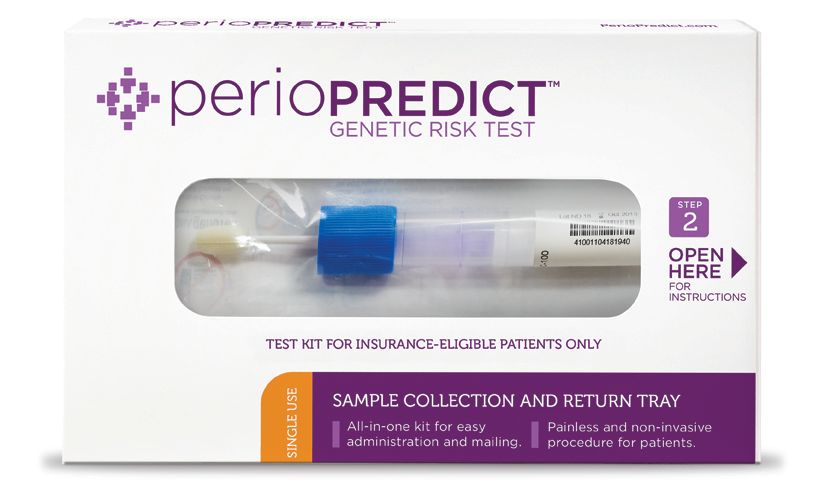New CDC report highlights greater instances of periodontal disease in minorities, lower-income individuals and more
A report released by the Centers for Disease Control and Prevention (CDC) includes a vanguard discussion about health inequalities within periodontal disease prevalence in the United States.
A report released by the Centers for Disease Control and Prevention (CDC) includes a vanguard discussion about health inequalities within periodontal disease prevalence in the United States.
The second in a series that highlights disparities across a variety of demographics and social characteristics, the “CDC Health Disparities and Inequalities Report – United States, 2013” finds that although there is a prevalence of periodontal disease in nearly half of adults aged 30 or older, the occurrence is much higher in non-Hispanic blacks and Mexican Americans. The report also asserts that periodontitis is higher in men than in women; those without a high school education; lower income individuals; as well as current and former smokers.
Since 2003, the CDC has been working in partnership with the American Academy of Periodontology (AAP) to assess the extent, severity and pervasiveness of periodontal disease in the U.S. The AAP recommends patients receive a comprehensive periodontal evaluation annually, with dental professionals stressing the importance of the screenings on a larger scale, especially since many who suffer from periodontal disease do so without symptoms.
“The extent of all that encompasses a complete periodontal screening has been illusive in many practices for years regardless of our patient’s age, race or education,” said Anastasia Turchetta, RDH, an author, speaker, and leading advocate for greater public awareness around periodontal disease. “As a dental hygienist, I am encouraged by the CDC's latest effort in supporting a consistent method to perform a thorough periodontal screening once a year.”
There are plenty of tools available to dental practitioners to help them screen patients more effectively, including PerioPredict™, a PST genetic risk test for periodontal disease. PerioPredict measures genetic variations for Interleukin-1 (IL-1), a key mediator of inflammation, and identifies patients who are at a higher risk of developing severe periodontal disease. Said to be fast, easy and painless, the test is performed in approximately 1 minute during a routine exam or cleaning, after which the sample is sent to Interleuken Genetics, Inc. for analysis. Test results are then returned to the dentist in approximately two weeks.

For more information and resources about how to expand your patients’ awareness of periodontal disease, head to the AAP’s website at www.perio.org.
ACTIVA BioACTIVE Bulk Flow Marks Pulpdent’s First Major Product Release in 4 Years
December 12th 2024Next-generation bulk-fill dental restorative raises the standard of care for bulk-fill procedures by providing natural remineralization support, while also overcoming current bulk-fill limitations.
